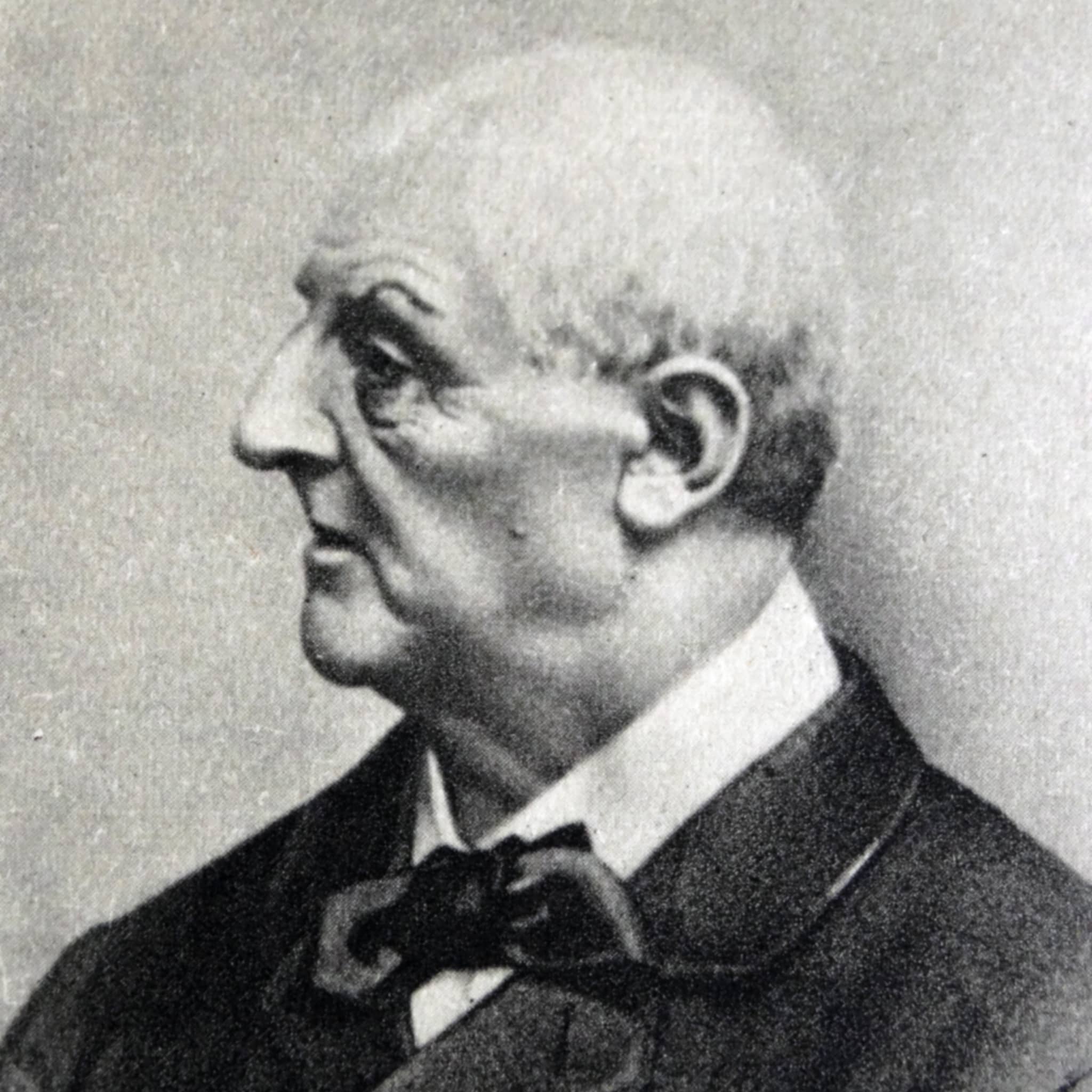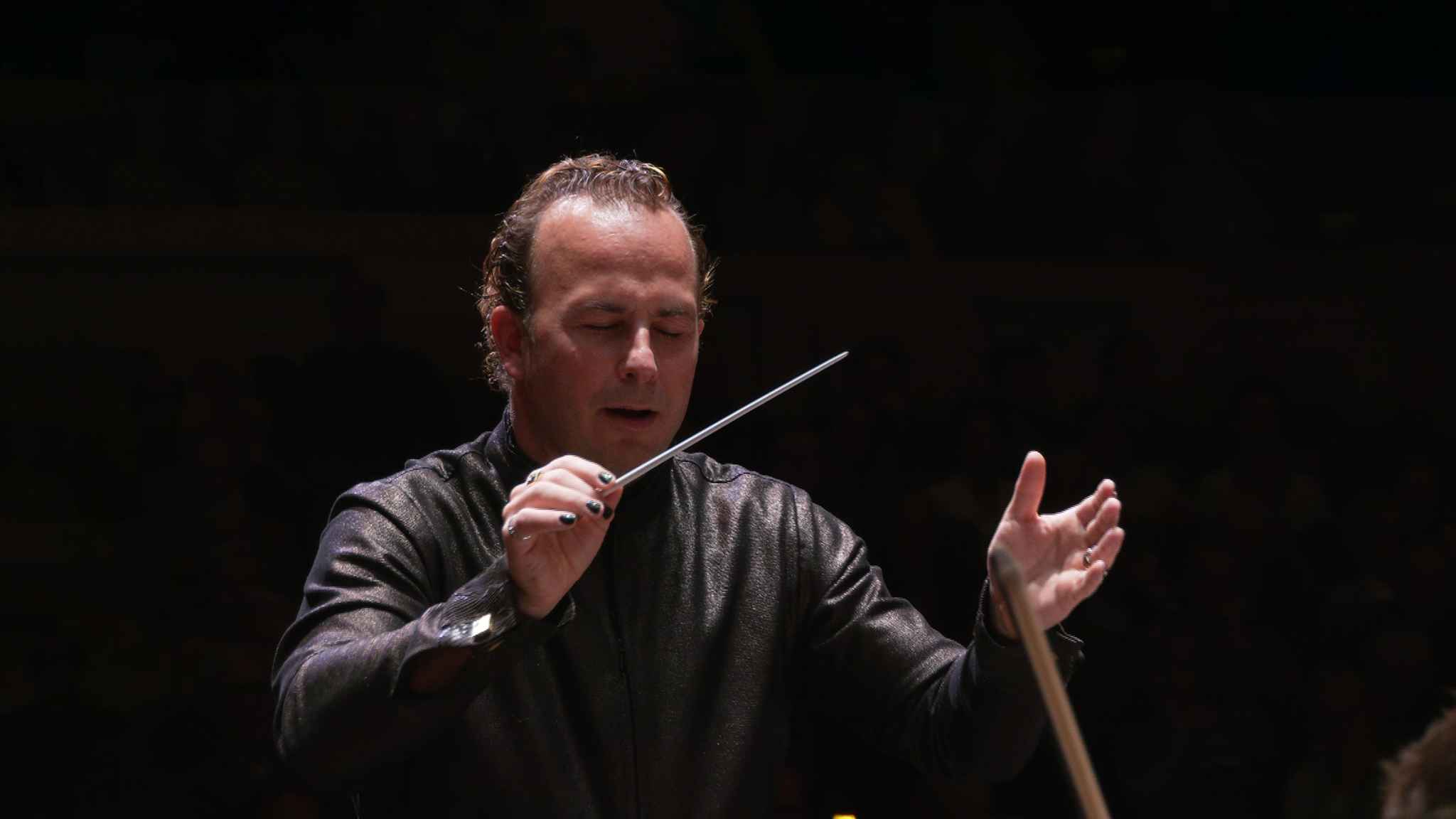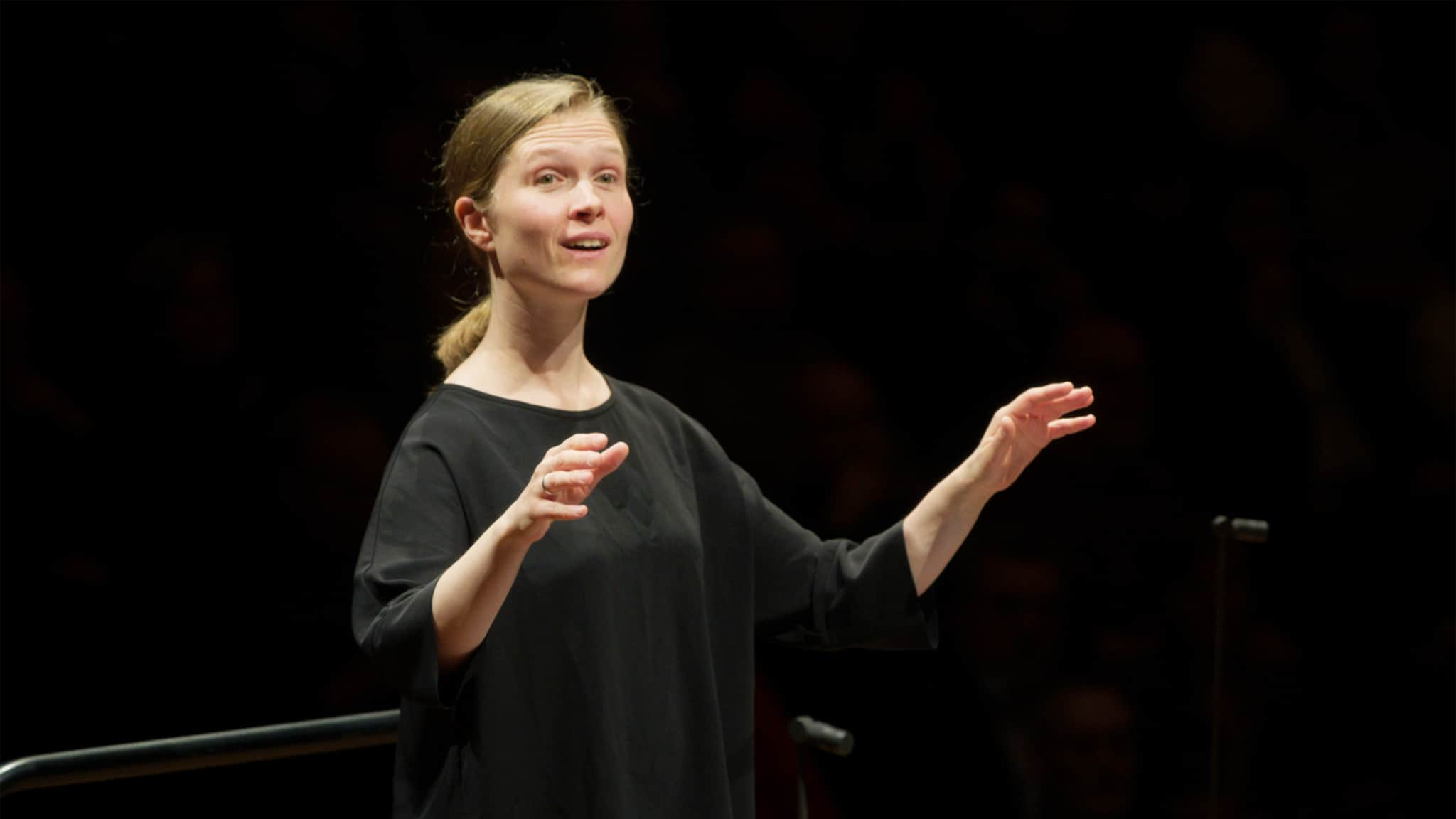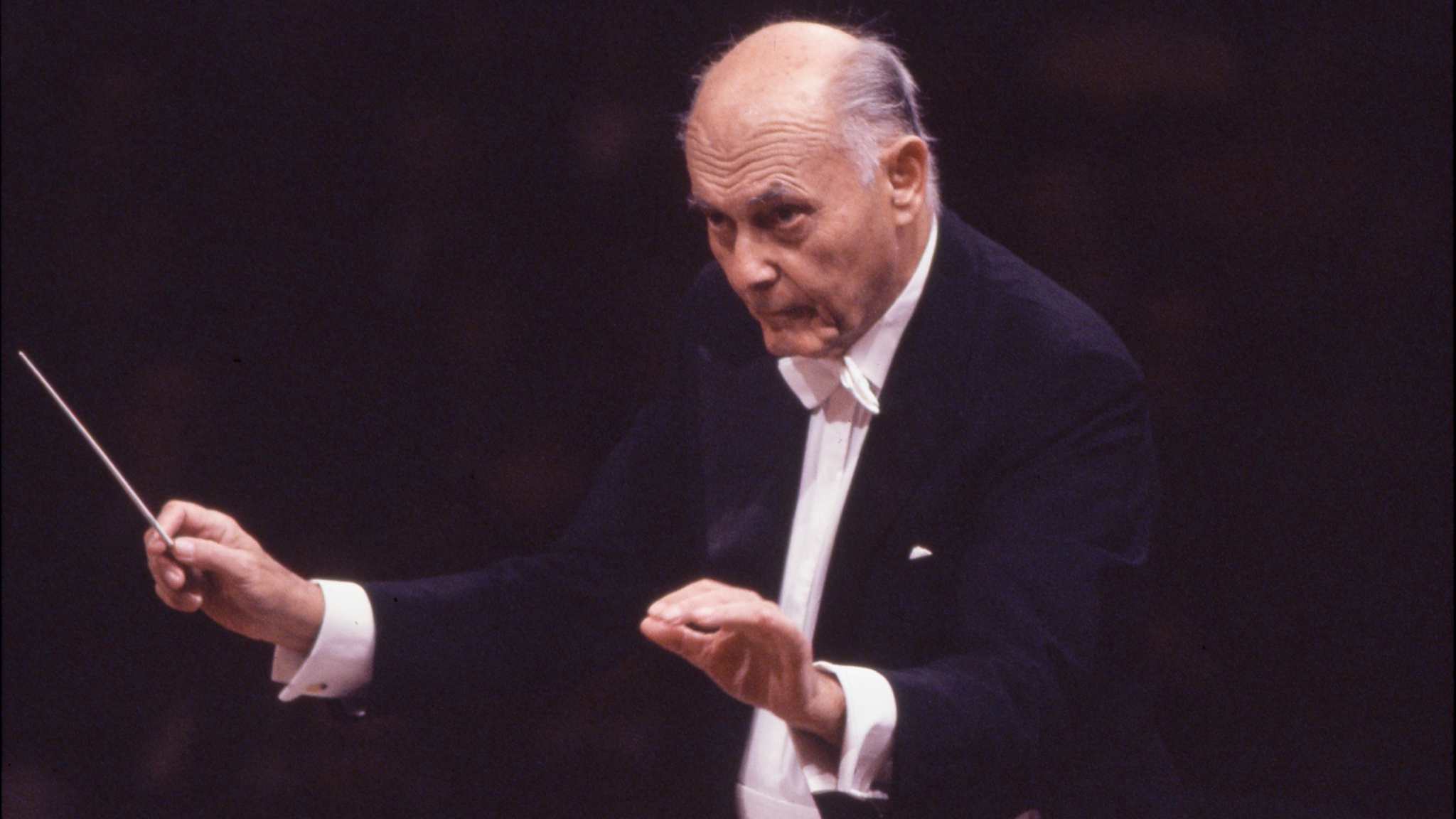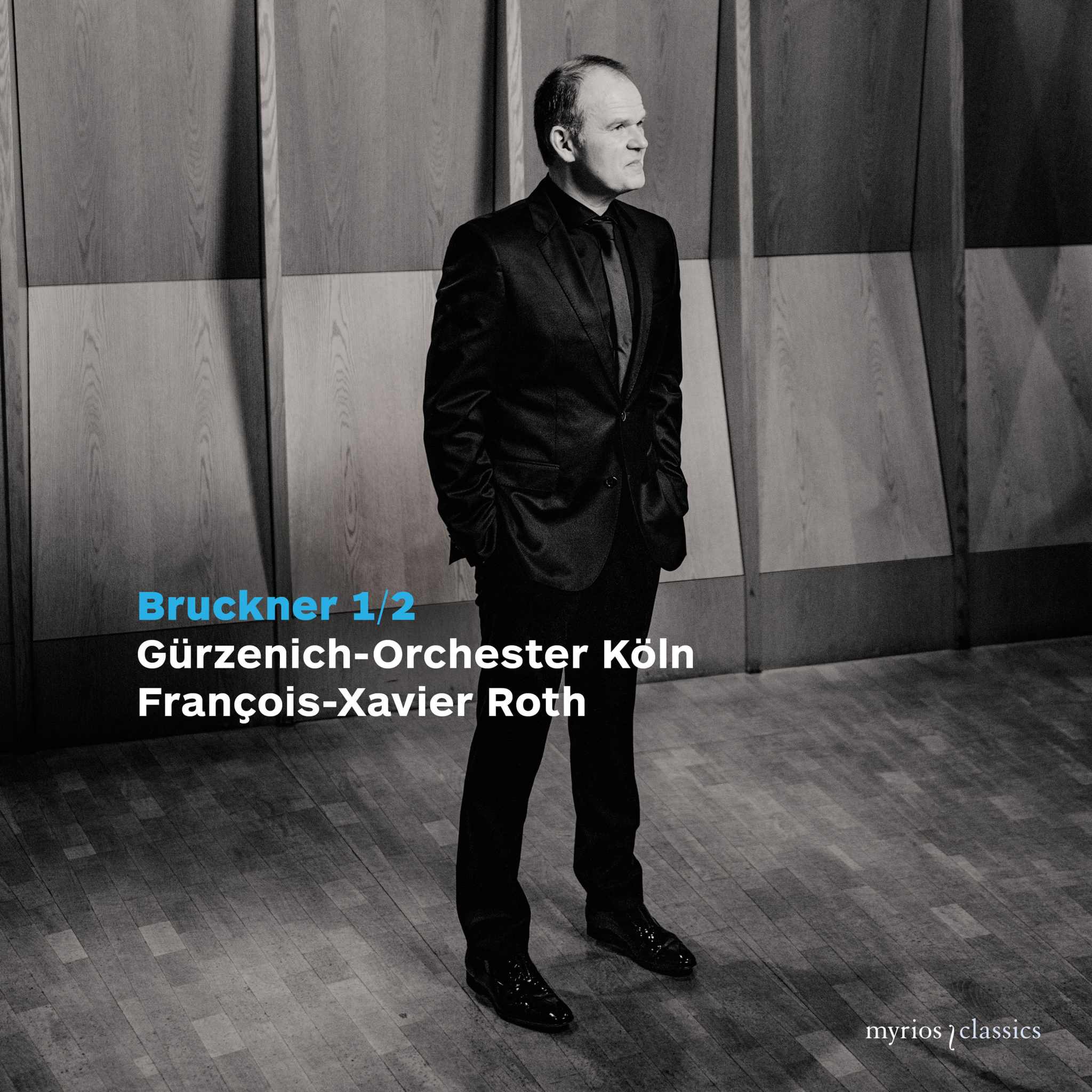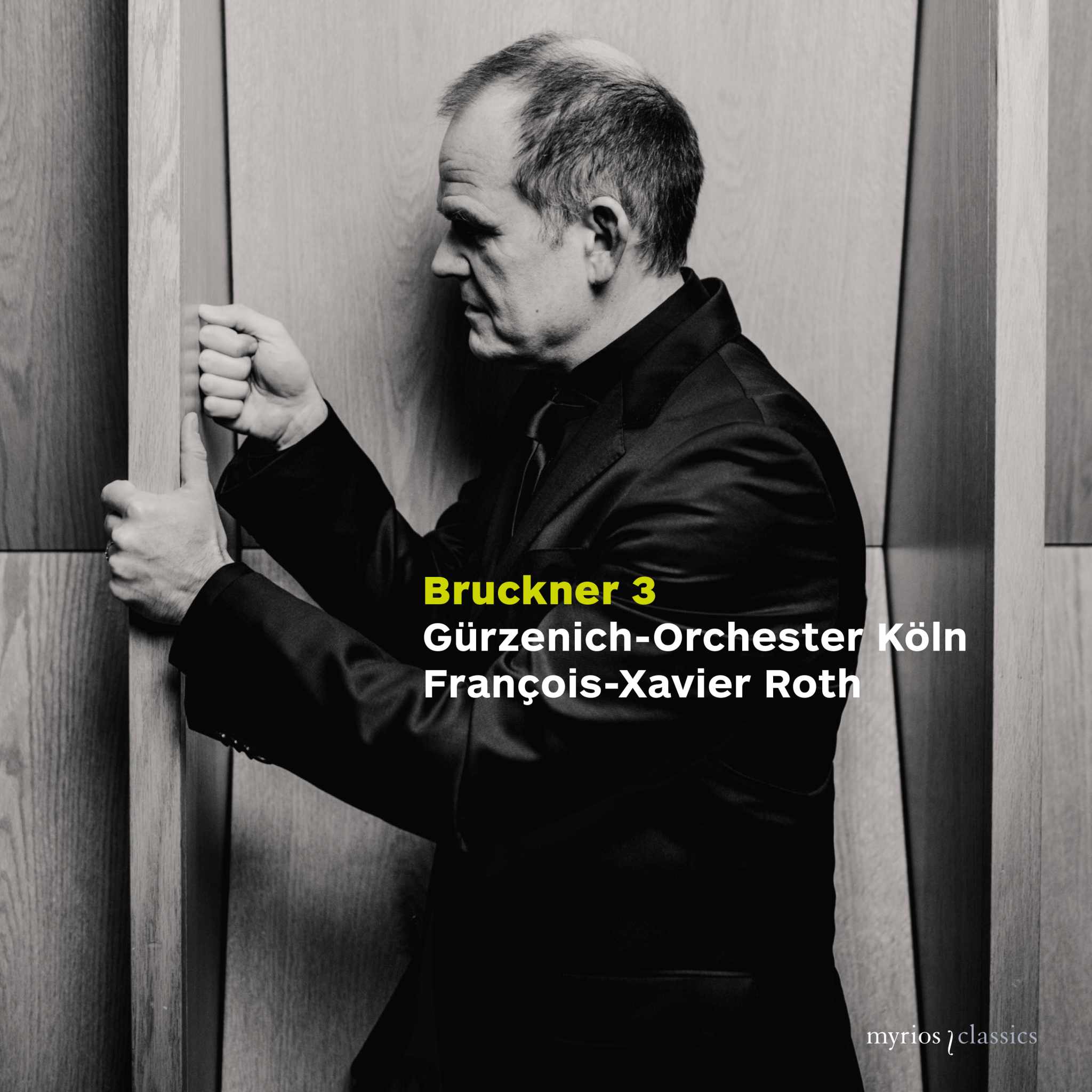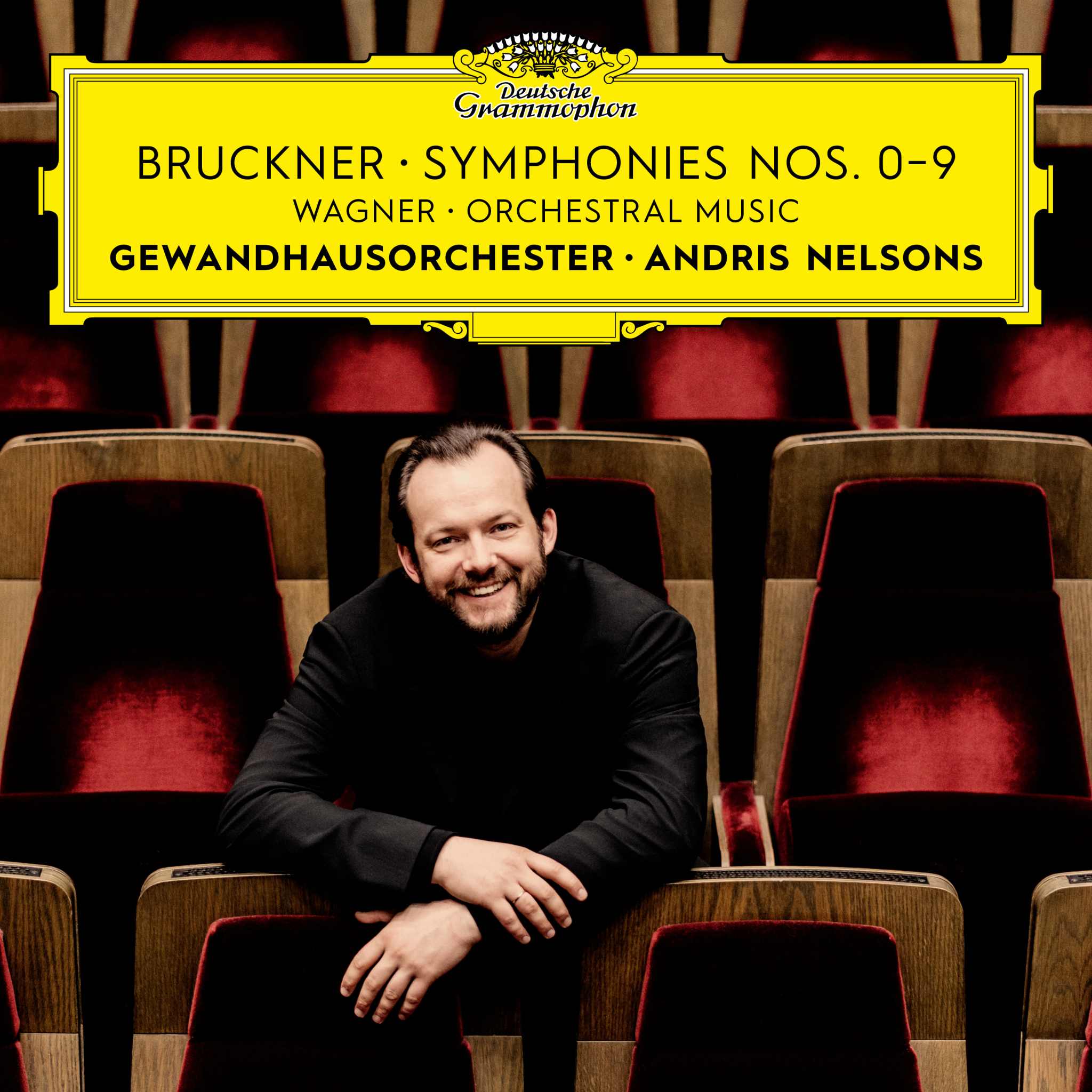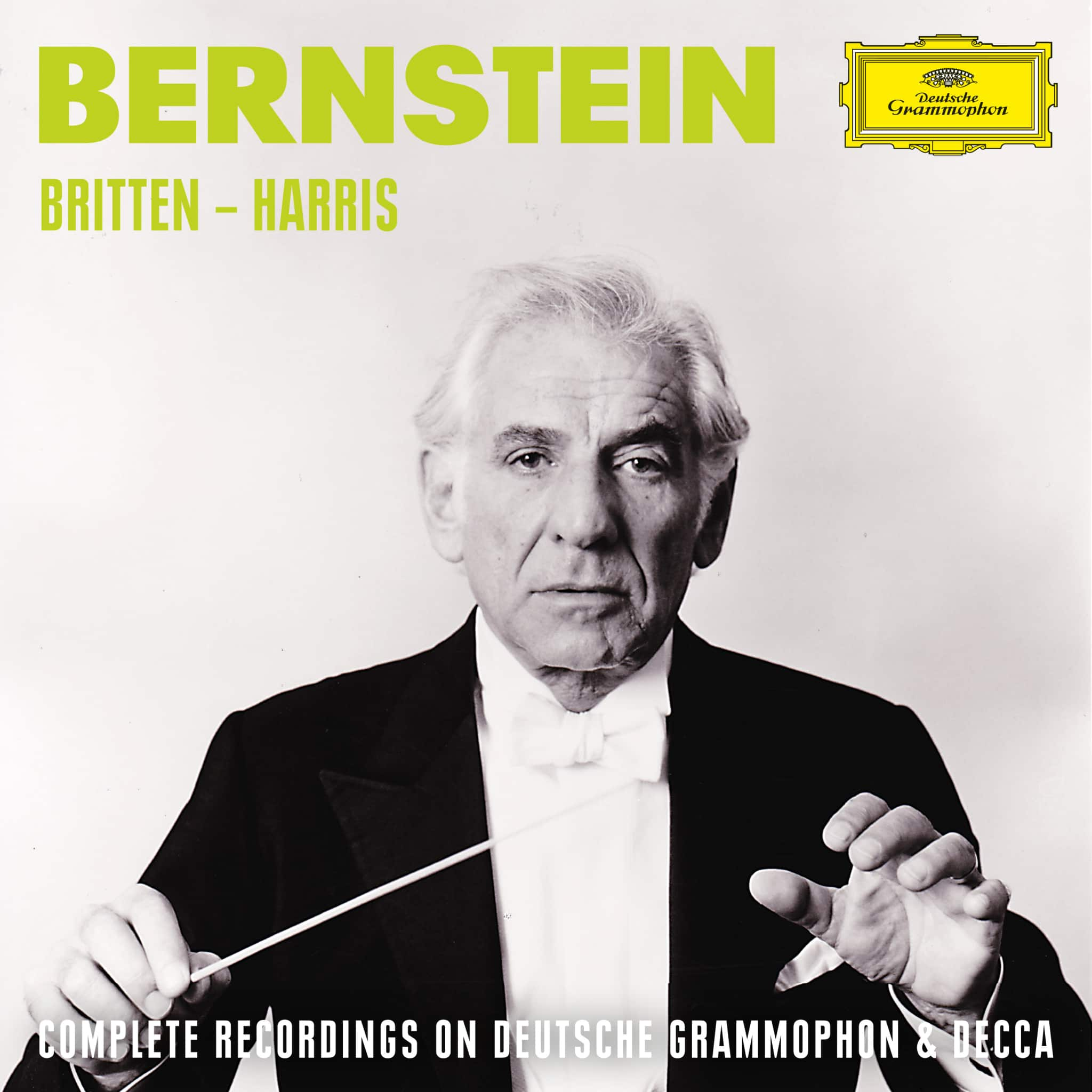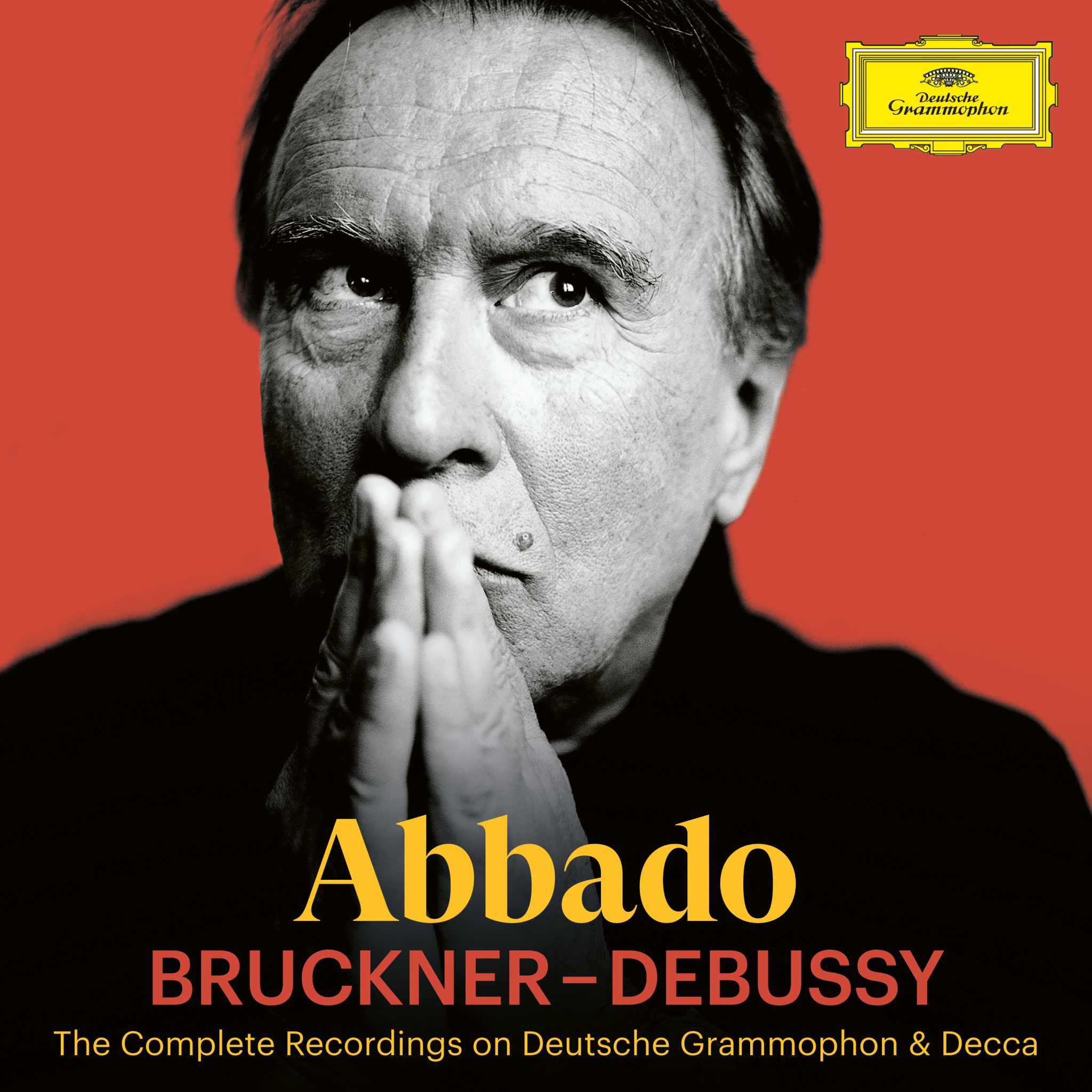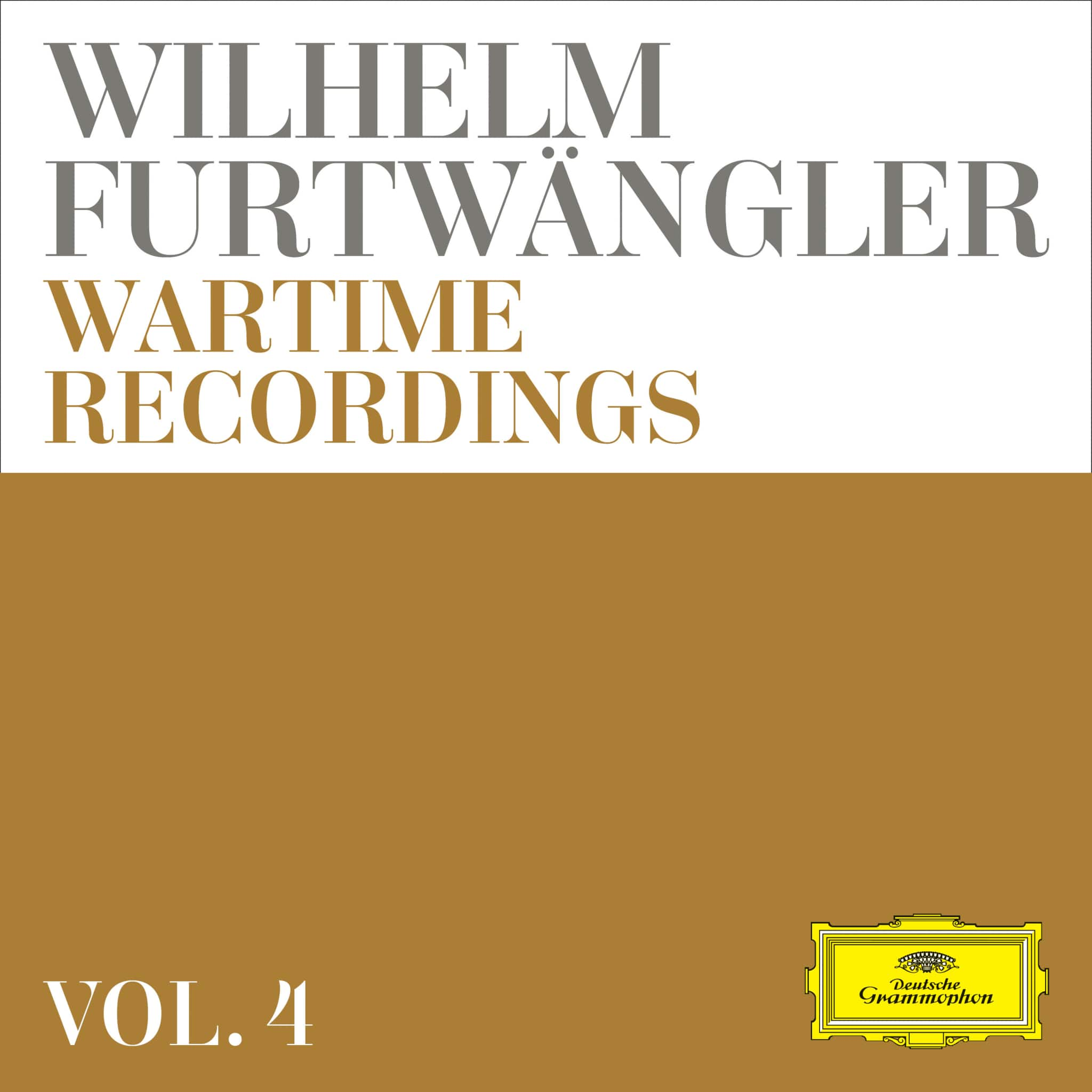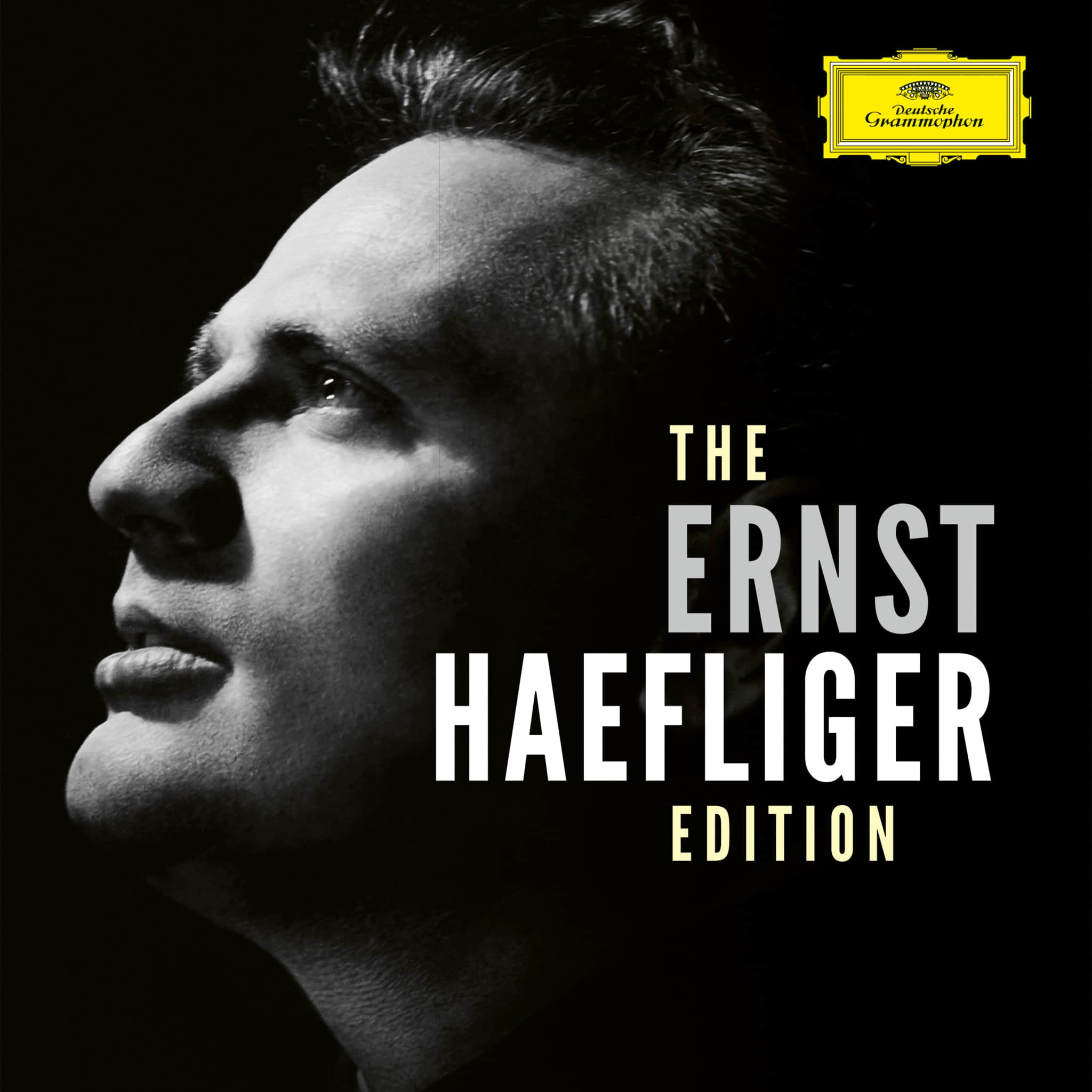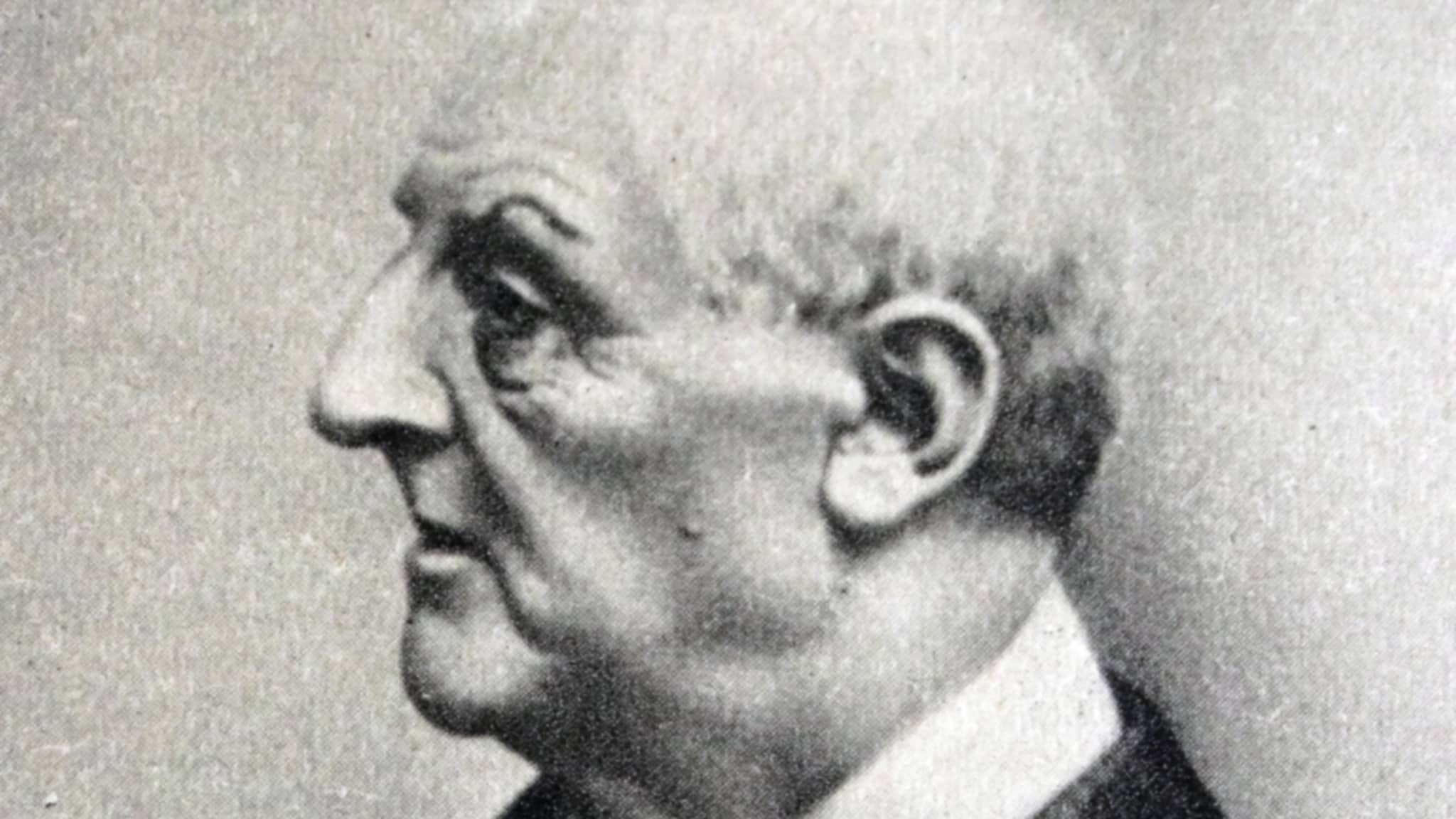Anton Bruckner: Life, Repertoire & Defining Music Works
Anton Bruckner (1824–1896) stands as a singular figure in classical music, deeply rooted in the traditions of church music from predecessors like Bach, Haydn, Mozart, and Palestrina. Although he took time to settle on composing as his main profession—most of his key works were written after he turned 40—Bruckner ultimately became renowned for his monumental symphonic output and profound choral compositions.
Bruckner's Life and Musical Beginnings
Bruckner's journey into music began with his deep immersion in church music traditions. He was an organist at the Linz cathedral and later became a professor at the Vienna Conservatory. His musical style was largely influenced by his early experiences and his deep religious beliefs.
Bruckner's Work and Recognition
Bruckner composed eleven symphonies, including two unnumbered ('No. 0' and a Study Symphony), but the main canon consists of nine numbered works, with the last (the Ninth) unfinished at his death. These works evolved through several versions, reflecting both Bruckner’s meticulous self-criticism and ongoing responses to feedback from his contemporaries.
Anton Bruckner’s Symphony No. 7 and Symphony No. 9
The premiere of Symphony No. 7 in 1884 in Leipzig marked a major turning point for Bruckner's recognition, leading to broader acceptance of his music in the concert repertoire. Symphony No. 9, dedicated "to dear God," was left unfinished and was intended as a massive "Hymn of Praise" to crown his symphonic output.
Bruckner's Symphonies and Major Works
Aside from his symphonies, Bruckner left a significant legacy in choral music, with 59 religious works and numerous smaller sacred and secular pieces. Notable are his seven masses, two requiems, a religious cantata, several psalm settings, and his celebrated Te Deum. He also composed chamber music, lieder, and organ works, reflecting his broad musical interests and deep religious convictions.
